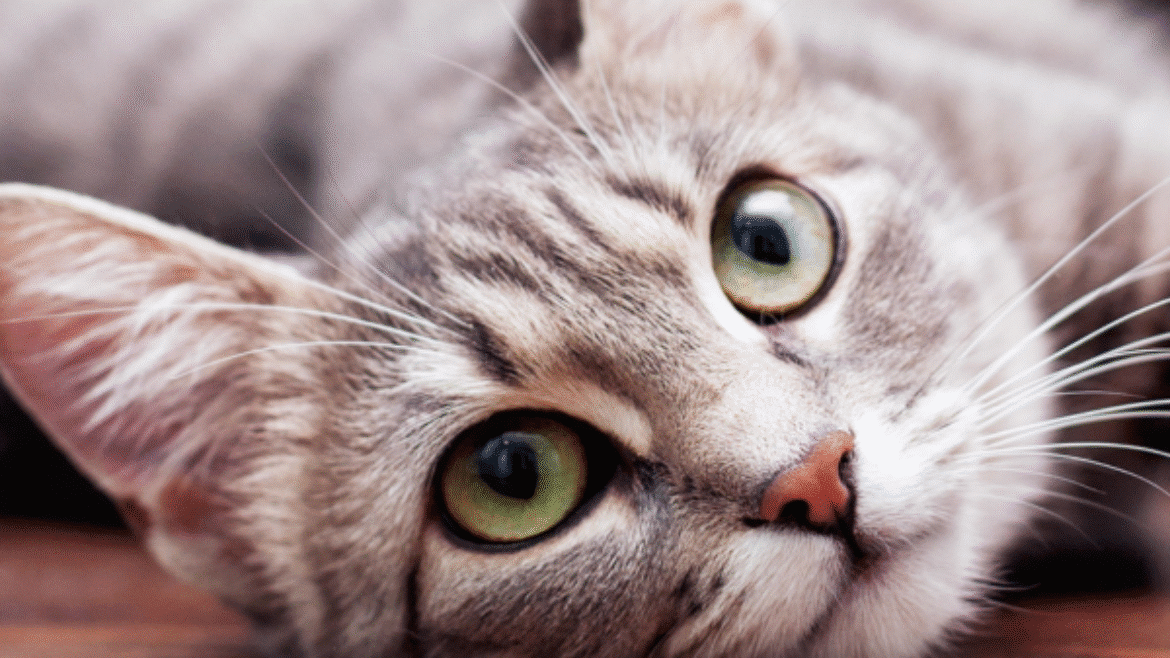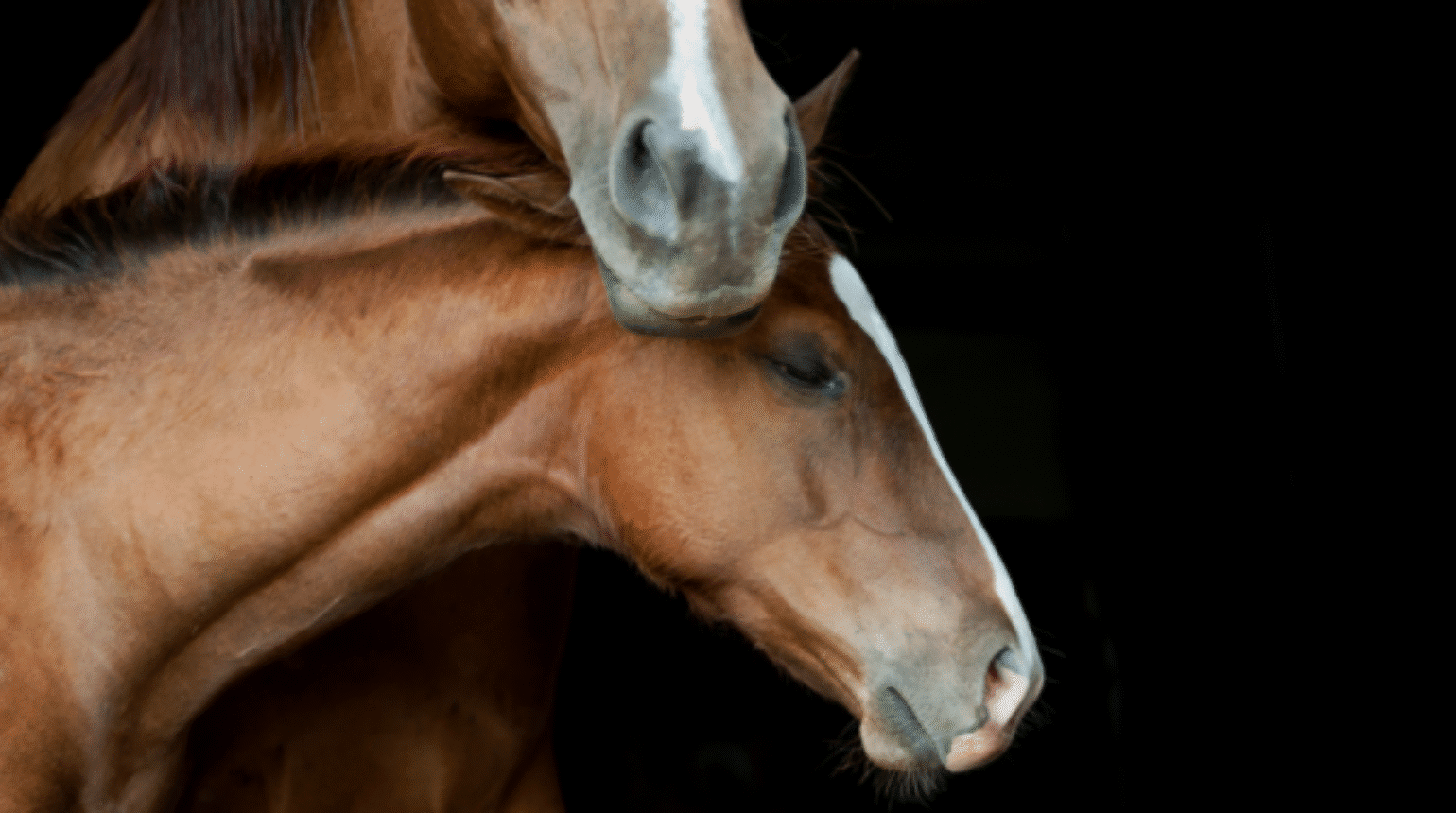The treatment of feline infectious peritonitis (FIP) in the UK – an update FIP treatment protocols – what’s new?
Last updated: 11/2024
Sam Taylor BVetMed(Hons) CertSAM DipECVIM-CA MANZCVS FRCVS
Séverine Tasker BVSc BSc DSAM PhD DipECVIM-CA FHEA FRCVS
Danielle Gunn-Moore BSc(Hon), BVM&S, PhD, MANZCVS, FHEA, FRSB, FRCVS
Emi Barker BSc BVSc PhD PGCertTLHE DipECVIM-CA MRCVS
Stephanie Sorrell BVetMed(Hons) MANZCVS DipECVIM-CA MRCVS
Thank you to Richard Malik & Sally Coggins for their advice and assistance in producing this document.
The above specialists have come together to run the ‘FIP advice’ email address (fipadvice@gmail.com) answering queries on the new treatments on a voluntary basis and disseminating information to vets and vet nurses in the UK.
- FIP treatment protocols – what’s new?
- Use of oral GS-441524 for the whole treatment course, including at the start
- Injectable remdesivir is reserved for cats that cannot be medicated orally
- What dosages of GS-441524 and remdesivir should I use when treating FIP?
- What should I do in the event of relapse of FIP?
If you are a cat owner, please watch our latest webinar Feline Infectious Peritonitis in 2024: Updates for the Caregiver (2024)
FIP treatment protocols – what’s new?
(Updated November 2024)
Legally available antivirals in the UK and other countries via import now include remdesivir (for intravenous use), GS-441524 (oral suspension and oral tablets), and EIDD-1931 (oral tablets). The following advice is based on published and unpublished data and experience. Treatment of individual cases remains the responsibility of the attending veterinary surgeon. The dosages below are based on experience using reputable preparations of known antiviral content. Extrapolation is not applicable to other oral preparations where the active component and/or its content are not known or provided by the manufacturer.
Use of oral GS-441524 for the whole treatment course, including at the start
Oral GS-441524 (available as a suspension 50 mg/mL and tablets 50 mg (quad-scored)) can be used from the start of FIP treatment for the entire treatment course (e.g., 6-12-week/42-84-days; see later regarding the duration of treatment courses). It is important to support owners in medicating their cats, which can be challenging. Oral GS-441524 suspension or tablets can be given with a small treat (tablets can be crushed for this) or directly into the cat’s mouth. Further study is needed to review the effect of food on absorption, but it is recommended to give in a small treat or on an empty stomach, leaving a gap of an hour or more before feeding a larger meal. Fasting cats overnight can increase their hunger to facilitate medicating in the morning, and similarly for an evening dose. However, starving kittens are never recommended as they cannot cope with this. Any withholding of food needs to be tailored to the age of the cat.
Injectable remdesivir is reserved for cats that cannot be medicated orally
Injectable remdesivir (10 mg/mL) is effective in the treatment of FIP but is associated with some side effects (see below); particularly pain on subcutaneous injection which is seen in 50% of cats. Previous FIP treatment protocols suggested this be used at the start of treatment before transitioning to oral GS-441254. However, we now know that FIP cats can be treated successfully with oral GS-441524 from their first day of treatment. This avoids pain on injections and reduces the costs of the treatment (the dose for the weight of the cat using GS-441524 is cheaper than remdesivir). Use of injectable remdesivir should be reserved for the following situations:
- Severe neurological signs and inability to swallow or tolerate oral medication;
- Extremely dehydrated/unwell cats;
- Cats that cannot be orally medicated for other reasons.
In some circumstances, if a cat is hospitalised and has a poor appetite, which is affecting the ability to medicate it, 48 hours of remdesivir (given intravenously, not subcutaneously) can result in significant clinical improvements which may facilitate subsequent oral medication with GS-441524. The remainder of the treatment course can then be given as oral GS-441524. The transition between remdesivir and oral GS-441524 can be immediate, i.e., from one treatment to the next.
What dosages of GS-441524 and remdesivir should I use when treating FIP?
With experience, and as yet unpublished data on therapeutic drug monitoring (TDM), dosage recommendations have increased from previous FIP treatment protocols. However, one must remember that published evidence shows that over 85% of cats respond to the previously recommended drug dosages, which is still a great response. Based on TDM studies, we also now know that individual cats vary in their absorption of oral GS-441524, with those absorbing poorly possibly requiring higher dosages to achieve clinical and biochemical remission.
It is important that dosage of oral GS-441524 is adjusted according to clinical response, given these variations in absorption and the limited availability of TDM to guide treatment.
Based on our collective experience, our current dosage recommendations are:
- The daily dosage of oral GS-441524 can be given once daily (every 24 hrs) or divided (split) twice daily (every 12 hrs); some cats may benefit from twice daily treatment to optimise serum levels of GS-441524;
- For cats challenging to medicate, and responding well, once daily treatment is acceptable;
- Higher dosages may overcome issues with poor absorption in some cats and have a better chance of crossing the blood brain barrier and the blood eye barrier;
- Dosage should be adjusted according to response (and TDM if measured and available).
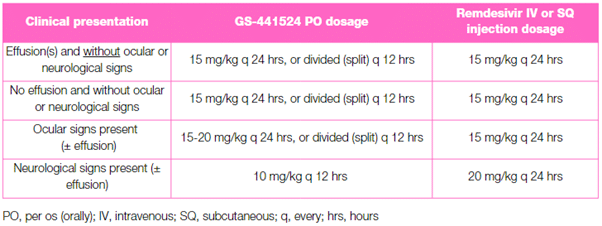
Table 1
Cats should be re-examined after 1-2 weeks (sooner if not improving or deteriorating) and dosage adjusted depending on monitoring at this point.
NOTE ON WEIGHING CATS: It is very important to weigh cats weekly during treatment, using accurate scales e.g., cat or baby scales. Weight gain and/or growth in kittens will occur with successful treatment necessitating an increase in dose to ensure that the dosage of antiviral administered is still appropriate for the type of FIP being treated as in Table 1. Not increasing the dose as the kitten grows appears to be one of the most common causes for a poor response to treatment, and treatment failure.
What should I do in the event of a poor response during treatment or relapse?
e.g., recurrence or lack of resolution of effusion, pyrexia, development of new ocular or neurological signs, or persistent clinical pathology abnormalities:
- Ensure that you are still confident that the cat has FIP; review the diagnosis, look for additional pathology, and consider repeat sampling (e.g., external laboratory analysis and culture of any fluid; cytology or biopsy of lymph nodes ± feline coronavirus antigen or RNA detection, but bear-in-mind that finding the virus is more difficult when on treatment), AGP;
- If relapse occurs during treatment; increase the dosage of GS-441524 (or remdesivir) by 5-10 mg/kg/day and consider splitting into twice daily doses if treated orally once daily) and monitor as above, ensuring treatment is not stopped before the cat has been normal clinically and on clinical pathology for at least 2 weeks. The increased dosage used will depend on the dosage the cat is on at the time of the relapse, the nature of the relapse and finances, but can be up to that recommended for neurological FIP (see dosage table above) or even higher (please seek guidance when considering this);
- If relapse occurs after completion of treatment; restart GS-441524 (or remdesivir) course at a higher dosage (by 5-10 mg/kg/day and consider splitting into twice daily doses if treated orally once daily previously); the optimum duration for repeat treatment is not known but 12-weeks repeat treatment has been used successfully. The increased dosage used will depend on the dosage the cat was previously treated with and the nature of the relapse, but can be up to that recommended for neurological FIP (see dosage table 1 above);
- Consider TDM, if available, to check serum GS-441524 levels to inform dosing;
- If the cat is already receiving a high dosage of GS-441524 and/or TDM serum levels are adequate, consider switching to EIDD-1931 (see below) and seeking guidance (FIP advice email or specialists), as adjunct treatments such as mefloquine, feline interferon or polyprenyl immunostimulant may be options (see below).
Treatment with EIDD-1931
This drug (the active form of molnupiravir) is another antiviral effective for the treatment of FIP in cats, legally available in the UK and some other countries but regional prescribing rules should always be followed. Our knowledge on its usage is much less than for GS-441524.
The recommended dosage is 15-20 mg/kg every 12 hours, and it is available in 60 mg tablets for oral use. Potential adverse effects include cytopenia, especially neutropenia, rarely pancytopenia, reduced appetite/nausea, increased ALT enzyme activity and, potentially, renal compromise. Use of EIDD-1931 should thus be reserved for:
- Cats failing to respond to treatment with GS-441524 or remdesivir despite adequate dosage (ideally assessed with TDM if possible and available);
- Cats relapsing after treatment with GS-441524 or remdesivir at adequate dosages.
Treatment with feline interferon (IFN), polyprenyl immunostimulant, or mefloquine
- Combinations of IFN omega, polyprenyl immunostimulant, and mefloquine have been used in the period following the end of treatment with GS-441524 (or remdesivir) in some cats; however, currently there is no evidence to suggest they are needed as high response rates of over 85% have been seen without these adjunct treatments;
- Mefloquine has also been used to treat cats with FIP when cost constraints absolutely prohibit the use of a full course of, or increased dosage of, more effective antivirals such as GS-441524. Studies are needed to evaluate its effectiveness but it should only be used when absolutely no alternatives are available as GS-441524 is known to be very effective.
For information about what to monitor while treating FIP please read ‘What to look out for when treating FIP’. We also have some hints and tips based on common questions from vets which you can read FAQs about treating FIP with oral GS-441524 and/or injectable remdesivir or Feline Infectious Peritonitis (FIP) Updates | BOVA. If you prefer webinar content, please watch ‘Feline Infectious Peritonitis – A new era in diagnosis and treatment’ or find out recent webinars here ‘Feline Infectious Peritonitis (FIP) Updates | BOVA’.
Further reading
Tasker, S.; Addie, D.; Egberink, H.; Hartmann, K.; Hofmann-Lehmann, R.; Hosie, M. J.; Truyen, U.; Belak, S.; Boucraut-Baralon, C.; Frymus, T.; Lloret, A.; Marsilio, F.; Pennisi, M. G.; Thiry, E.; Mostl, K., ABCD Guidelines Feline Infectious Peritonitis – factsheets & diagnostic tools. 2022, accessed 16th January 2023. https://www.abcdcatsvets.org/portfolio-item/factsheets-tools-for-feline-infectious-peritonitis-fip/
Thayer, V.; Gogolski, S.; Felten, S.; Hartmann, K.; Kennedy, M.; Olah, G. A., 2022 AAFP/EveryCat Feline Infectious Peritonitis Diagnosis Guidelines. Journal of Feline Medicine and Surgery 2022, 24, (9), 905-933. https://journals.sagepub.com/doi/full/10.1177/1098612X221118761
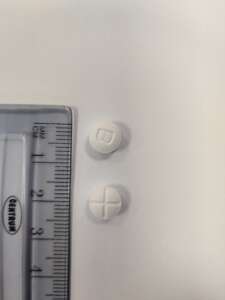
Figure 1: Oral GS-441524 tablets
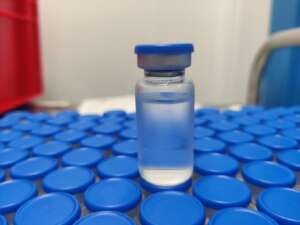
Figure 2: Remdesivir for intravenous or subcutaneous injection


